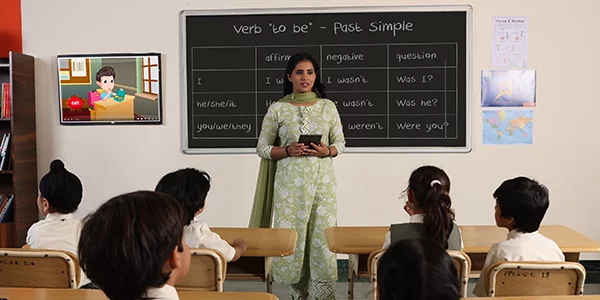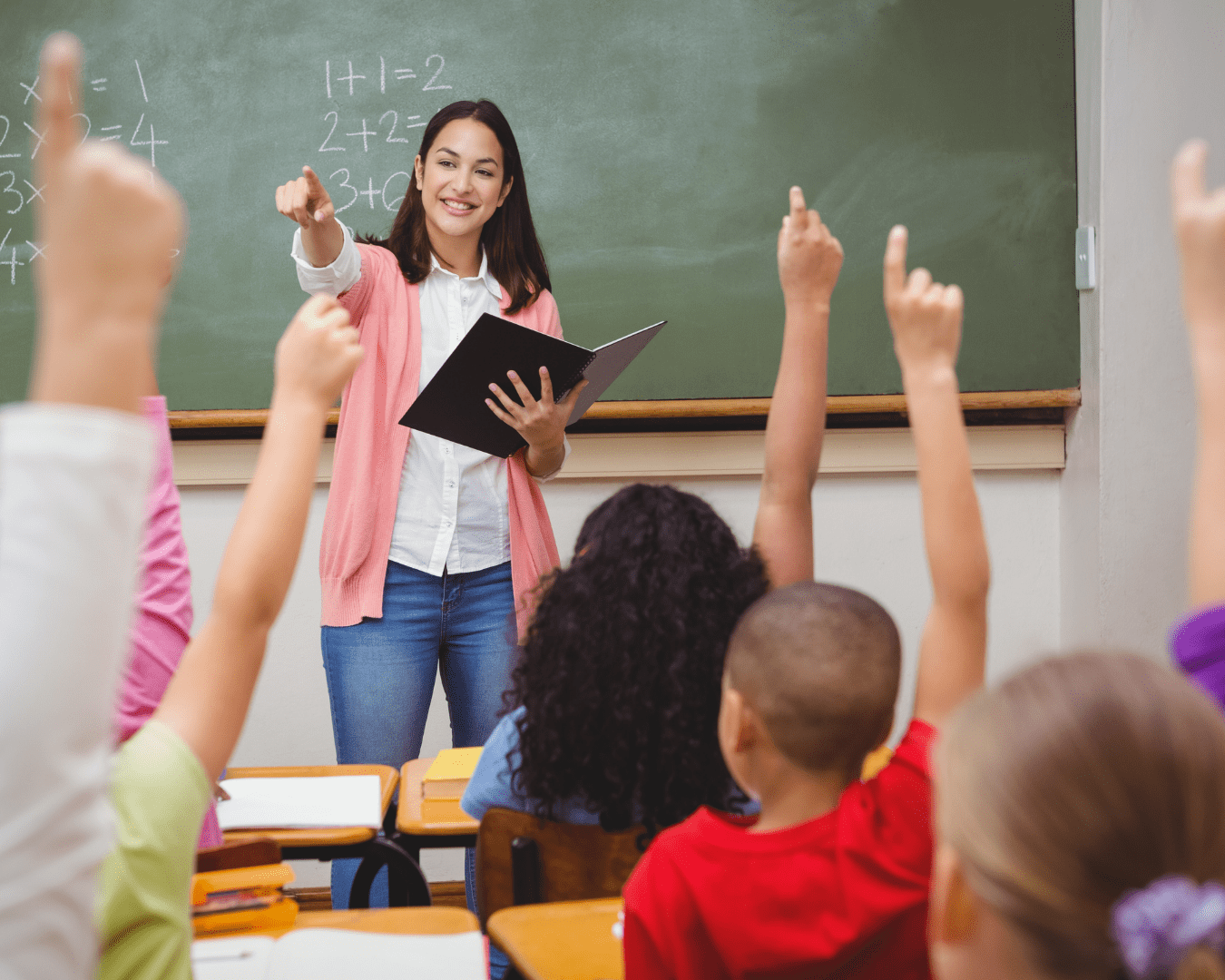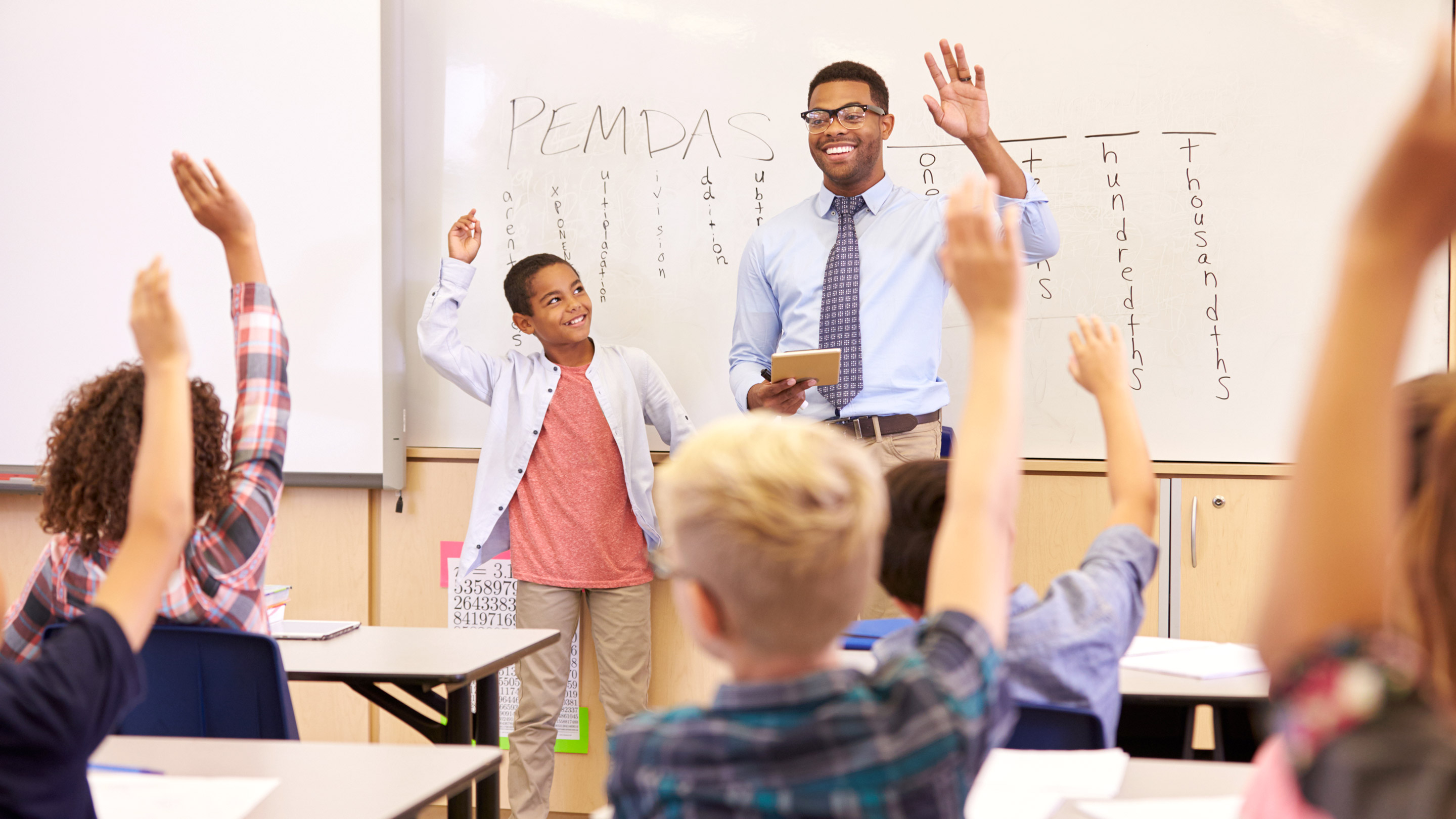Checking Out the Various Training Methods in Main Scientific Research Education Today
Inquiry-based learning, hands-on experiments, and the integration of innovation are redefining just how educators involve young minds. In addition, collaborative strategies and differentiated guideline are being used to provide to the diverse demands of students, boosting both engagement and understanding.
Inquiry-Based Knowing
Inquiry-Based Understanding (IBL) is a pedagogical technique that encourages trainees to discover clinical ideas via questioning, examination, and hands-on experimentation. This technique stresses the role of trainees as energetic participants in their discovering, advertising essential thinking and analytical abilities. By involving with real-world inquiries, pupils become inspired and interested, which boosts their understanding of scientific principles.
In IBL, educators act as facilitators, assisting students as they navigate their queries instead than supplying information directly. This student-centered strategy enables distinction, suiting various discovering styles and paces. Pupils develop skills in formulating theories, making experiments, and evaluating information, which are critical for clinical literacy.
Additionally, IBL fosters partnership amongst trainees, urging them to share searchings for and ideas. This collective questions advertises social skills and a sense of community within the class. In addition, the procedure of questions motivates resilience, as students find out to welcome failing as a stepping stone towards understanding.
Hands-On Experiments
Hands-on experiments are an important component of reliable science education and learning, matching the concepts of inquiry-based discovering. These experiments enable students to involve directly with clinical concepts, cultivating a deeper understanding via experiential knowing. By manipulating materials and observing outcomes, young students can understand abstract theories in substantial methods.
Such tasks promote critical reasoning and problem-solving skills, as pupils hypothesize end results, conduct experiments, and evaluate outcomes. This procedure motivates them to ask inquiries, refine their understanding, and create a scientific frame of mind. Additionally, hands-on experiments can be customized to varied discovering designs, making sure that all pupils have the opportunity to engage meaningfully with the material.
Additionally, hands-on experiments frequently urge collaboration among peers, advertising team effort and communication skills. Functioning in groups allows pupils to share ideas, review findings, and gain from each other, which boosts their general instructional experience.
Including hands-on experiments right into the key scientific research curriculum not just enriches the discovering atmosphere however additionally cultivates a lifelong passion in scientific research. By actively joining their education, students are more most likely to create an interest for clinical query that extends beyond the classroom.

Innovation Assimilation
Incorporating technology into primary science education and learning has actually ended up being significantly essential in fostering student engagement and enhancing finding out end results. The usage of electronic tools, such as interactive simulations, online labs, and academic software application, supplies trainees with chances to explore scientific principles in cutting-edge means. These sources assist in a much deeper understanding of intricate subjects by permitting students to visualize and manipulate variables that would be unwise in a conventional class setting.
Additionally, innovation integration urges customized learning experiences. Pupils can advance at their very own speed, revisiting challenging concepts via multimedia sources, which deal with various knowing designs. This versatility not just supports individual development but additionally cultivates a sense of freedom in learners.
Additionally, technology functions as a bridge to real-world scientific research, attaching pupils with present study and expert payments. Accessibility to online databases and scientific journals expands pupils' point of views on clinical questions and cultivates important believing skills.
Collaborative Understanding
Collaborative understanding plays a crucial function in main science education by cultivating team effort and communication skills amongst students. This strategy encourages learners to interact, share understanding, and participate in problem-solving, which improves their understanding of clinical ideas. By taking part in team activities, students find out to articulate their ideas, listen to varied viewpoints, and negotiate options, all of which are vital abilities in both academic and real-world contexts.

Research study indicates that collaborative knowing can result in boosted inspiration and interaction in science topics, as students locate satisfaction in shared experiences (primary science tuition Singapore). Additionally, this strategy prepares students for future collaborative undertakings, equipping them with the skills essential for effective team effort in college and expert settings. Inevitably, embracing collective understanding in primary scientific research education and learning can substantially enrich the knowing experience and advertise a much deeper understanding of scientific query
Differentiated Guideline

Distinguished direction can manifest in various means, such as differing the content, procedures, or items of discovering. As an example, instructors might utilize tiered tasks that give varying degrees of complexity, allowing students to work at their corresponding readiness levels. In addition, versatile organizing methods can promote partnership amongst students with various capabilities, fostering peer discovering.
Analysis plays a critical role in this method, as it educates direction and helps instructors comprehend each student's one-of-a-kind requirements. Formative assessments, such as monitorings and quizzes, can direct teachers in changing their methods to enhance learning end results. primary science tuition Singapore. Eventually, by carrying out differentiated guideline in key scientific research education and learning, educators can grow a much more reliable and fair discovering environment, encouraging all students to reach their complete capacity in understanding scientific sensations
Conclusion
In recap, the diverse training strategies in main scientific research education, including inquiry-based understanding, hands-on experiments, innovation integration, joint discovering, and distinguished direction, collectively add to a more reliable discovering environment. These techniques promote important thinking, visite site analytic skills, and a much deeper comprehension of scientific concepts. By executing these methods, instructors can develop supportive and appealing class that address the different demands of students, eventually cultivating a long-lasting interest in science and enhancing academic achievement.
Inquiry-Based Understanding (IBL) is an instructional approach that encourages trainees to check out scientific principles with questioning, investigation, and hands-on experimentation.Collaborative understanding plays an essential function in main science education by YOURURL.com fostering teamwork and communication abilities amongst trainees.Study indicates that collaborative learning can lead to increased motivation and engagement in science subjects, as pupils locate satisfaction in common experiences.In fostering a comprehensive understanding atmosphere, differentiated guideline emerges as an essential technique to fit the diverse needs and capabilities of pupils in key scientific research education and learning. Ultimately, by carrying out separated direction in primary scientific research education, instructors can grow a more efficient and fair knowing environment, empowering all trainees to reach their full potential in understanding clinical phenomena.
Comments on “Expert Primary Science Tuition Singapore for Understanding Complex Concepts”